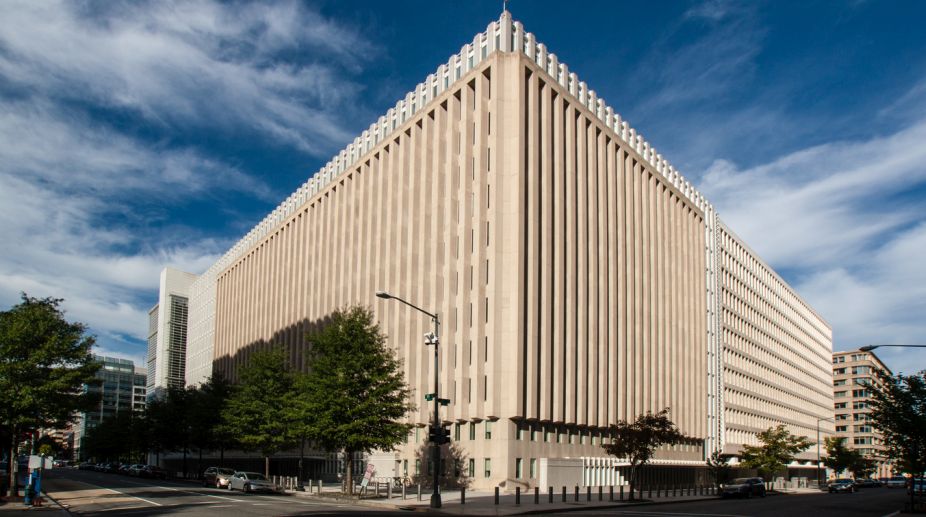The World Bank is estimating India’s economy to grow by 6.7 per cent during the current fiscal year, higher than the 6.5 per cent estimate by the Indian government.
The Gross Domestic Product (GDP) growth is expected to rise to 7.3 per cent in 2018-19, making India again the world’s fastest growing economy, according to the World Bank’s Global Economic Prospects report released on Tuesday.
Advertisement
The report dropped the growth estimate for 2017-18 by 0.1 per cent from its projection June 2017, because of the disruptions to the economy from the Goods and Services Tax (GST).
But it raised the growth forecast for 2018-19 by 0.1 per cent from the June figure.
The Bank forecast GDP growth of 7.5 per cent in 2019-20 and 2020-21.
The World Bank saw benefits down the road from GST.
“Over the medium term, the GST is expected to benefit economic activity and fiscal sustainability by reducing the cost of complying with multiple state tax systems, drawing informal activity into the formal sector, and expanding the tax base,” the report said.
The Bank put the growth estimate for China’s economy for 2017 at 6.8 per cent and forecast 6.4 per cent increase in 2018.
In its overview the Bank said it finally saw the world economy recovering from the financial crisis that hit the world with full force in 2011.
It said, “2018 is on track to be the first year since the financial crisis that the global economy will be operating at or near full capacity.”
The report forecast the global growth rate to edge up to 3.1 per cent in 2018 after “a much stronger-than-expected” 2017 growth of three per cent in 2017.
“The broad-based recovery in global growth is encouraging, but this is no time for complacency,” World Bank Group President Jim Yong Kim said in a statement.
“This is a great opportunity to invest in human and physical capital.”
India’s Ministry of Statistics and Programme Implementation reported last week that it estimated the GDP to grow by only 6.5 per cent in 2017-18 compared to 7.1 per cent in 2016-17.
The World Bank estimate is in line with the International Monetary Fund’s (IMF) projection of 6.7 per cent for 2017. The IMF, however, forecast a slightly higher growth estimate of 7.4 per cent for 2018.
Morgan has projected a growth rate of 6.4 for 2017 and 7.5 per cent in 2018. Nomura also estimated this year’s growth to be 7.5 per cent.
The World Bank report said that private investment is expected to revive in India “as the corporate sector adjusts to the GST; infrastructure spending increases, partly to improve public services and Internet connectivity; and private sector balance sheet weaknesses are mitigated with the help of the efforts of the government and the Reserve Bank of India.”
The government’s recent recapitalisation package for public sector banks could “resolve banking sector balance sheets, support credit to the private sector, and lift investment,” the report added.
Another positive for India is that the global trade recovery is expected to lift exports, the report added.
The World Bank expected results from India’s recent reforms, including the demonetisation, and the ‘Make in India’ initiative.
They “are expected to encourage formal sector activity, broaden the tax base, and improve long-term growth prospects despite short term disruptions in the case of demonetisation,” it said.
The ‘Make in India’ “aims to improve investment and innovation as well as develop skills to meet the demand for skilled labour,” the report said.
“To achieve these goals, the government has taken various steps to improve the business climate, such as shortening approval times for trademarks and patents to enhance property right protection, lowering restrictions on foreign direct investment in various sectors, and accelerating investment in energy and transport infrastructure.”
These steps have helped improve the ease of doing business, the report said.
In a ranking of countries based on ease of doing business issued by the World Bank in October 2017, India leapt 30 spots to the 100th rank.











